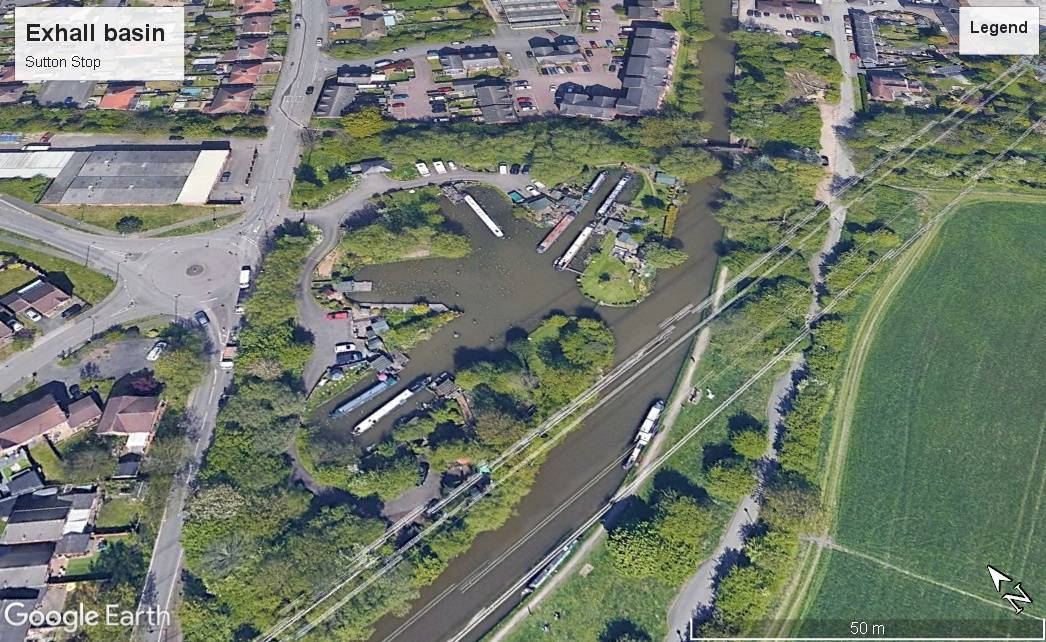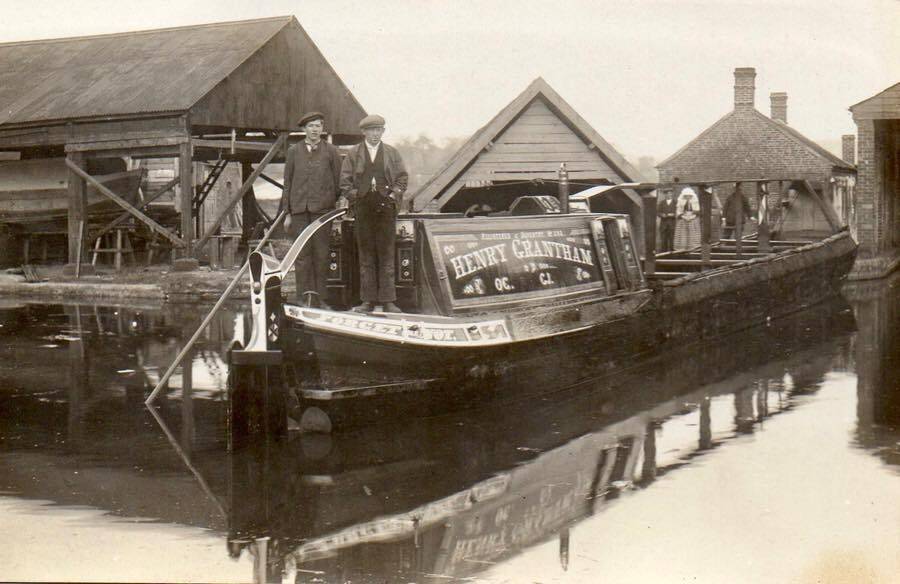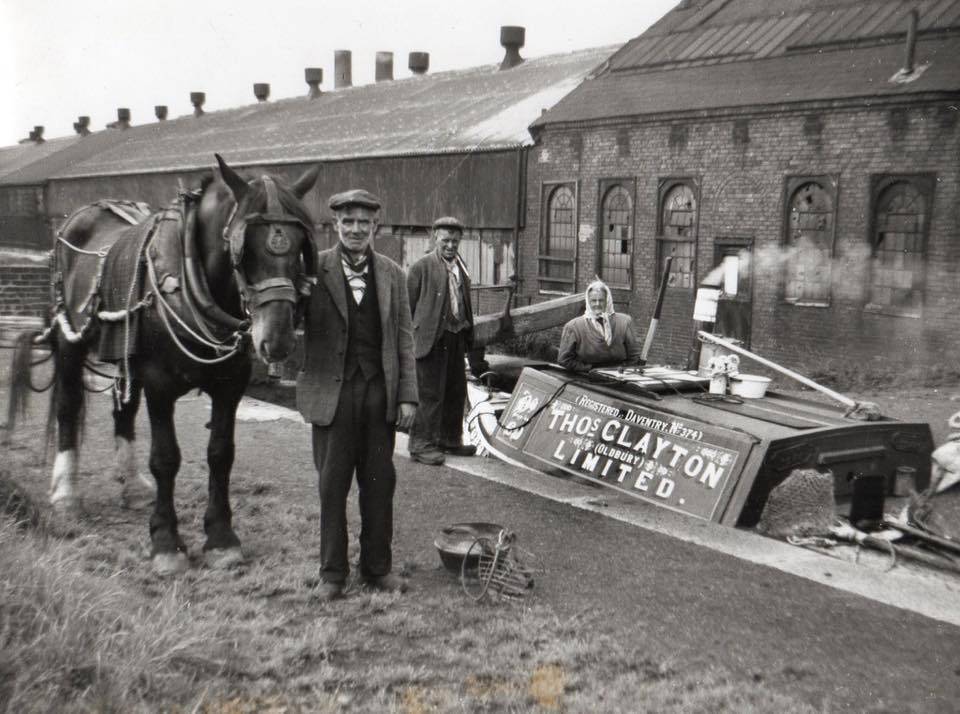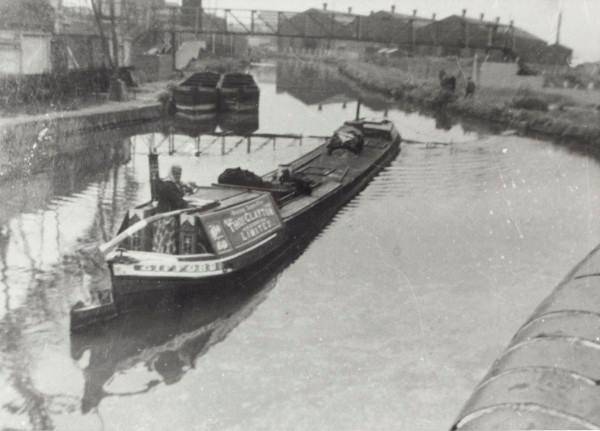-
Posts
10,089 -
Joined
-
Last visited
-
Days Won
6
Content Type
Profiles
Forums
Events
Gallery
Blogs
Store
Posts posted by Ray T
-
-
1 hour ago, beerbeerbeerbeerbeer said:
did you go for a pint?If you did how is the pub under new management?
I don't drink beer, had a glass of Merlot.
I went for a meal with a couple of friends.
Had a chat with the new landlord. He has no intention of altering the decor of the pub at all.
There is a new menu, and the food is of good quality.
I think it is indicative that all the staff bar one have stayed. He was due to retire anyway.
-
 2
2
-
-
For the couple of hours I was at Sutton Stop this lunch time not one boat went through.
-
-
-
12 hours ago, Arthur Marshall said:
Mine snapped, rather disconcertingly. Probably was as old as the boat. I reused the remnant, which meant drilling a new hole for the pin and fitted a custom longer wooden bit to bring it back to the original length.
Does the wood bit have a name of its own?
Mike H used to call it a "peg." Not sure if this is a universal name.
Photo Eddie Hambridge, of one he made for me.
-
Just purchased 3 leisure batteries and one starter from here: https://advancedbatterysupplies.co.uk/
Very helpful with their recommendations with next day delivery.
-
On 16/04/2024 at 08:18, BEngo said:
Ventilation is when air is drawn down from the surface into the propellor, spoiling its thrust.
Cavitation is when the pressure at the front face of the propellor blades is low enough for tiny steam bubbles to form ( boiling ) in spots. When the bubbles collapse there is often damage to the propellor, and a lot of underwater noise.
Anti ventilation plates as seen on many converted butties e.g. Renown, stop air drawing down and are a substitute for the motors counter plate.
Anti cavitation plates do not exist. Cavitation is dealt with by extra immersion and careful propulsion system design
N
Photo from here: http://nurser.co.uk/index.html
-
 1
1
-
-
-
44 minutes ago, springy said:
AIUI all Clayton's tank boats were wooden, they did briefly own at least one second hand iron composite (Adder ex FMC IIRC) but disposed of it fairly quickly. For the tar traffic the wooden hull was important as it acted as an insulator keeping the heat in and the tar more liquid.
springy
Springy, thank you. It gives me an excuse to model Adder, perhaps?
Cowburn and Cowper had some metal tanker boats but AIUI these boats had long tanks in the holds which carried carbon disulphide for Courtaulds.
-
https://www.canaljunction.com/heritage/craft/thomas_clayton.htm
I have ordered a model NB kit from here: https://www.mobilemarinemodels.com/margaret--joy-49-c.asp
I am considering modeling one of Claytons tanker boats. The hull is a GRP molding complete with rivets.
Having consulted "Claytons of Oldbury" I am unsure if any of Claytons tankers were of metal construction. I know the majority were wood.
Any help please?
-
5 hours ago, Teresa Eade said:
Good morning,
I've just found this chat and I am very interested in the names and photos of lock keepers at Hatton as my 3 times great grandfather Isaac Knight was listed on the 1871 census as a lock keeper then on the 1891 and 1901 census as a canal labourer on locks. Hopefully someone can help me with some information about this please, many thanks, Teresa
@Teresa Eade Worth joining this site?
https://www.facebook.com/groups/379770275469928
-
Eggs at Castleford.
Abusing canal boaters is nothing new.
When chatting to Mike H in the past he told me of:
Being called water gypsies and other names.
Stones were thrown at them.
Spat upon.
Fireworks thrown at them during Novembers.
"Don't want dirty boaters in my shop, get out."
Men piddling on them from bridges.
A man "mooned" at Mike's mum at Norton Junction so his dad got his air rifle out and shot his ar$e.
-
 1
1
-
-
-
There were some "Box Boats," used to deliver coal.
From CRT Archive:972.0075
Bridgewater Canal box narrow boat with cabin moored in industrial area
Description
August 2021 - information received suggests that this is Box Boat Tug FRED built in 1943 for Manchester Collieries. Engine Gardner 2L2 now in FMC ALDER. (Web sub. no.71673)Reference code
972.0075


-
 1
1
-
-
There is of course Gifford!
Mrs. Mary Smith with Ben Smith by the 'oss and Jack Smith.
Top and middle photo's, Graham Guest, top of Spon Lane Locks. Some of his photos are featured in the Robert Wilson series "Claytons of Oldbury" by Alan Faulkner.
Middle photo believed to be 1964.
Coal tar was a by product of the gas works many towns and cities had. Leamington Spa was one, the gas works being beside the G.U.

-
Just purely from observation on my part, during my travels for BT, the smaller telephone exchanges had Gardner or Lister engines as standby generators. These were regularly run and well maintained, with not a lot of hours on them. @cuthound will know more. I don’t know if any finished up in canal boats though.
-
29 minutes ago, alan_fincher said:
Thanks to Captain Pegg & RayT for their explanations.
From memory her early life afloat was with horse boats.
She, her parents, and her siblings are the subject of the biography "A Horse A Boat And you". It gives a very good insight to those born on the boats, and who stayed with them to the very end of long distance carrying.
She could hardly have been more embedded in the boating tradition. Two of her sisters, Vera and Ann married Ken Ward and Ted Ward, who were themselves brothers, although I am fairly certain she has outlived all of these.
I didn't know her well, but did converse with her from time to time. Her brother-in-law Ken Ward and her sister Vera Ward (nee Wain) operated our boat FLAMINGO for Willow Wren CTS in the late 1960s.
Edward George Ward (Ted) Ward passed away 16th July 1997 age 55. His wife Elizabeth Ann Ward, 9th January 2016, age 69.
Kenneth Ward passed away 31st March 1992 age 48. Vera was born 1943 but I have no further information.
They are interred at Windmill Road, Cemetary, Longford, Coventry.-
 2
2
-
-
For those who don't know of Alice.
-
 4
4
-
-
The historic brigade are on their way to The Port for the Easter gathering. They usually stop at Chester before being released in an orderly manner to the museum. I think the basin is used then.
-
Not boring at all.
-
With regard to "credible history" I do miss my meetings with Mike Humphris. He had a fabulous memory and was always willing to talk to me about the boating life, warts and all! Not the pastiche we get on TV now!
-
46 minutes ago, Sir Percy said:
I learned something, or at least heard something that I hadn't previously thought about; that the operators of boats and their families didn't initially live on board. Also, that they sometimes took on board a child from another family and sometimes had them separated up in the forecabin. I might take that last bit with a pinch of salt.
It was the effect of the railways which caused the operators and owner boatmen having to lower their charges to retain traffic and hence couldn't afford to keep a house on the land. The captain was the only one who was paid so his wife and children were "free" labour. Often boat families were quite large and children were "loaned" out to other boat owners who may not have had children. William Humphris "loaned" Jeanne, one of his daughters, to Jack and Rose Skinner but when she fell off the boat in a lock William blamed them and had his daughter back.
I think the programme meant that older boys and girls were separated into the fore and aft cabins for obvious reasons, Not just children from other families.
-
 1
1
-
-
2 hours ago, Graham_Robinson said:
What did you all expect?
They make these programmes to attract viewers, seems like they attracted or should that be trapped a few from here. 😃
If they started discussing the merits of the small Woolwichs' versus the large Northwichs' or even mentioned the word 'Josher' ( I would have turned off then ) your average channel hopper would have fallen asleep.😴Thought the filming / quality was good and would have liked to have seen drone footage going up the pillars and underneath the trough, up close and personal on 'that' aqueduct.
I suppose we should be thankful someone has taken the time to make this programme.@Graham_Robinson Graham, best photo's I have.
At least Pontcysyllte was pronounced correctly. Unlike in the BBC "The Golden Age of Canals" Where the narrator pronounced it "The Pontyselect!" -
8 minutes ago, Hudds Lad said:
I thought this was going to be a post about deterring the undesirable element from your boat with a bit of wooden persuasion

I believe the term is "Weapon of opportunity."
A "weapon of opportunity" (also known as an improvised weapon) is any object not normally associated as being a weapon, being used as a weapon out of necessity.






![hb1a[1].jpg](https://www.canalworld.net/forums/uploads/monthly_2024_04/hb1a1.jpg.8315926b6eef3061d9a1710d940ca00b.jpg)












Symbol on bridge
in General Boating
Posted
Benchmark (surveying) - Wikipedia